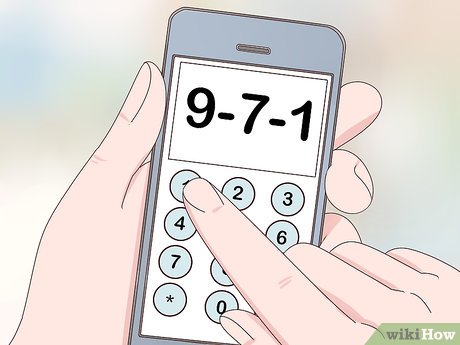How to Spot Termite Damage: 13 Steps

Introduction:
Termites are a homeowner’s worst nightmare, as they can cause extensive damage to the structure of a house. Early detection is crucial in preventing costly repairs. Here are 13 steps to help you spot termite damage and take action before it’s too late.
1. Look for signs of swarming termites
Swarming termites are a clear indication of termite infestation. They usually swarm during warm weather or after rainfall and are attracted to light sources.
2. Inspect the exterior of your house
Termites tend to burrow in wood siding, so check for any signs of cracking or bubbling paint, which may indicate termite activity beneath the surface.
3. Check for mud tubes
Mud tubes are tunnels built by termites to protect themselves from predators and maintain moisture levels. Look for these tubes on foundation walls, floor joints, and other structural components.
4. Tap on wooden surfaces
Listen for hollow or papery sounds when tapping on wooden surfaces, as this may indicate termite damage beneath the surface.
5. Look for sagging floors or ceilings
Sagging because of termite damage can be misinterpreted as water damage, so always be cautious when inspecting these areas.
6. Check for frass (termite droppings)
Frass consists of tiny, wood-colored pellets that termites excrete while eating the wood. Be on the lookout for frass near damaged wood or around your home’s foundation.
7. Examine door and window frames
Check around window and door frames for signs of termite damage, such as irregular indents or grooves in the wood’s surface.
8. Inspect wooden furniture
Termites also attack wooden furniture, so don’t forget to meticulously inspect your indoor wooden items.
9. Examine attic spaces and crawl spaces
Hidden away from sunlight, these areas are prime spots for termite activity, so inspect them regularly.
10. Regularly monitor your home’s structural components
Aside from wood, termites can attack plaster, metal sidings, and even insulation materials. Regular inspections will help you spot any damage early on.
11. Consult with a pest control specialist
A licensed pest control professional can provide you with an expert assessment of your home and its susceptibility to termite damage.
12. Implement preventive measures
Installation of termite barriers, regular maintenance of gutters, and proper ventilation can all help keep termites at bay.
13. Schedule annual termite inspections
An annual inspection by a pest control professional is crucial in preventing termite damage and ensuring that your home remains free from pests.
Conclusion:
Spotting termite damage early is crucial to minimize costly repairs and maintain the health of the property. By following these 13 steps, homeowners






